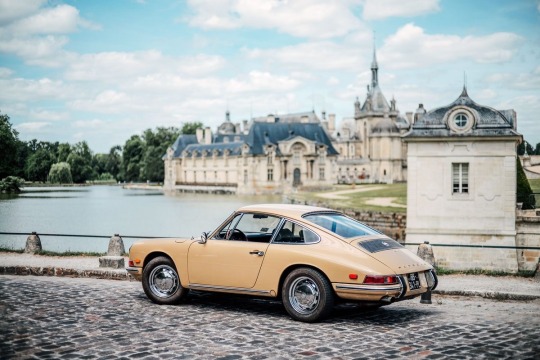#chantilly
Explore tagged Tumblr posts
Text



Ralza wears an unknown Chantilly headdress in red gingham.
I can’t find much info on this brand- It might have been related to Enchantlic Enchantilly (also called Chantilly). Rainedragon’s very helpful obscure brand guide directed me to a 2004 web screenshot advertising Chantilly at Pretty and at Aldila in-person lolita sales.
I can’t be certain that these are the same Chantilly though!
67 notes
·
View notes
Text
Château de Chantilly, France. It is surrounded by a large French garden and ponds. The palace is made up of buildings and wings from different periods and styles ranging from the Renaissance (16th century) to Baroque, Neoclassical, Historicism... until the end of the 19th century.
(Video ©️Loïc Antunes)
240 notes
·
View notes
Text


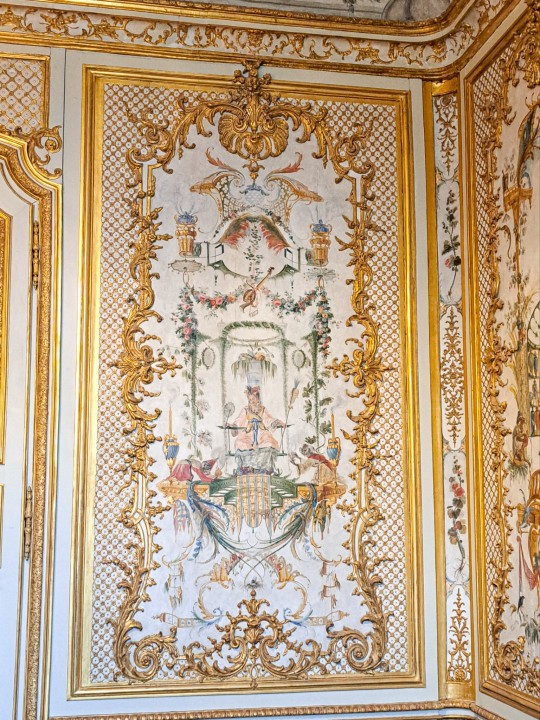
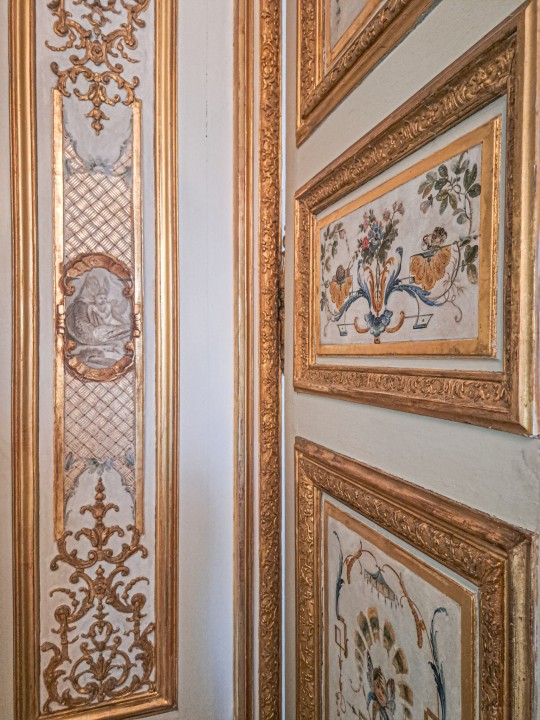




The Grande Singerie of the Château de Chantilly, a boudoir originally intended to house the porcelain of the Duke of Bourbon, offers a decor characteristic of the rocaille style mixing antics and Chinoiserie treated in a fanciful or allegorical way. It owes its name to the fact that the scenes represent monkeys serving men and vice versa.
These paintings on paneling, attributed to Christophe Huet (1700-1759), present an exceptional example of the taste quite common in the 18th century for Chinese oriental exoticism.
In 1710 the Château de Chantilly returned to Louis-Henri Bourbon-Condé (1692-1740), Duke of Bourbon who continued the development undertaken by his grandfather, the great Condé. The decor of the small castle was thus remodeled in 1737, the date of the execution of the Grande Singerie which is attributed to Christophe Huet, a renowned painter of paintings of animals and birds. But for a long time we hesitated about the author (Watteau, Claude Gillot, Audran?) because the archives do not reveal any payment made by the duke for the decor of the two antics: the Grande Singerie is one of the large apartments on the first floor while the Petite Singerie is located on the ground floor. However, recent restorations have revealed the date of execution of the boudoir: the inscription “1737” is painted on the block of marble that the monkey sculptor models. This is how we were able to eliminate the long-suspected authors: Watteau, who died in 1721, Claude Gillot, who died in 1722 and Claude Audran, who died in 1734. From then on, the decorations of the Singeries were attributed to Christophe Huet who, moreover, worked for the Condé family in 1734-1735. The workmanship and style of two other decorations still visible and created by Huet made it possible to make these connections: the Cabinet des Singes of the Hôtel de Rohan (today National Archives in Paris) in 1749-1752 and the Chinese Salon of Château de Champs-sur-Marne before 1755.
Huet was a student of Gillot and we know that he collaborated with Audran for the Château d'Anet in 1733. His style is borrowed from those of Berain, Audran and Watteau and Boucher. He had two collaborators: Dutour for the animals and Crépin for the landscapes.
#chateaudechantilly#chantilly#france#chateau#castle#arte#art history#historic buildings#architecture#europe#architectural history#historical#historical interior#apes#monkeys#singes#singerie#painted decoration#decoration#interior#interiors#interior design#interieur#interiorstyling#decorative painting#history#histoire
118 notes
·
View notes
Photo

ig: wakako_pink
3K notes
·
View notes
Text
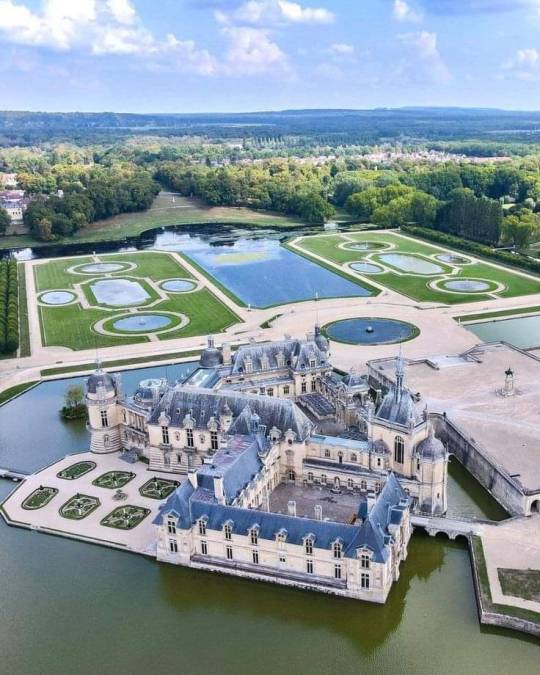
Château de Chantilly - FRANCE
#château de chantilly#chantilly#castle#castillo#oise#nonette#hauts de france#france#francia#europe#europa
373 notes
·
View notes
Photo
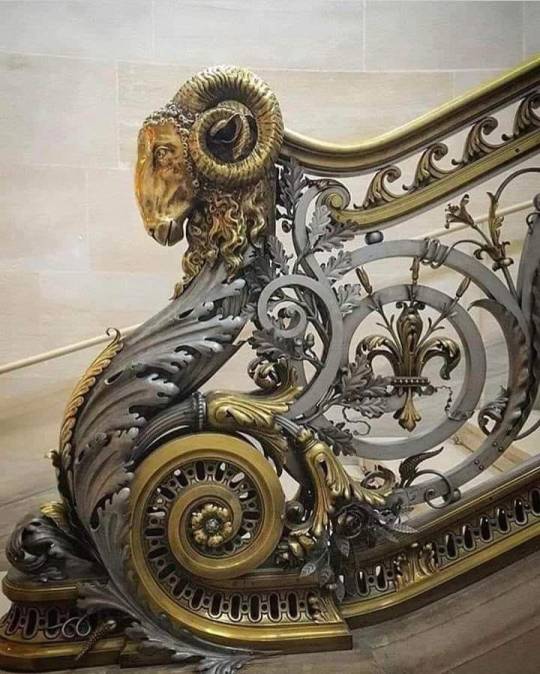
Chantilly Castle, France,
Wrought iron railing made in 1870 by the Moreau Brothers
Credit: Eddie B Giovine
#art#design#interiors#castle#chantilly#france#stairwell#staircase#grand staircase#wrought iron#ailling#handrail#luxuryhouses#luxuryhomes#luxurylifestyle#style#history
1K notes
·
View notes
Text

No bake summer berry and ladyfinger trifle
#trifle#strawberry#raspberry#sweet food#food#dessert#no bake#sweet#berries#whipped cream#chantilly#berry#blueberry#tasty#foodporn#delicious#cooking#food photography#foodgasm#recipe
557 notes
·
View notes
Text

finished a chantilly sketch i've had laying around for months
193 notes
·
View notes
Photo

Remy Chantilly (#fef0f6 to #f9c2cf)
41 notes
·
View notes
Text

Airline Parkway, Chantilly, Virginia.
67 notes
·
View notes
Text




Discovery and Concorde at Udvar-Hazy
#photography#my work#around dc#virginia#chantilly#smithsonian#air and space museum#black and white#nasa
68 notes
·
View notes
Text


Easy Vegan Homemade Chantilly Cake
#homemade#easy#vegan#chantilly#cake#food#layer#vanilla#dessert#berries#birthday#fruit#recipe#almond#nuts#dairy free#chantilly cream#mascarpone#thebananadiaries
205 notes
·
View notes
Text










The Château de Chantilly is a historic French château located in the town of Chantilly, Oise, about 50 kilometres north of Paris. The site comprises two attached buildings: the Petit Château, built around 1560 for Anne de Montmorency, and the Grand Château, which was destroyed during the French Revolution and rebuilt in the 1870s. The château is owned by the Institut de France, which received it from Henri d'Orléans, Duke of Aumale.
The original mansion was destroyed during the French Revolution. It was repaired modestly by Louis Henri II, Prince of Condé, but the entire property was confiscated from the Orléans family between 1853 and 1872, during which interval it was owned by Coutts, an English bank. Chantilly was entirely rebuilt, between 1875 and 1882, by Henri d'Orléans, duc d'Aumale (1822–1897).
The new château met with mixed reviews. Boni de Castellane summed up one line of thought: "What is today styled a marvel is one of the saddest specimens of the architecture of our era — one enters on the second floor and descends to the salons". In 1889, the Chateau was bequeathed to the Institut de France as a price for the Duc d'Aumale's return from political exile.
#architecture#europe#historic buildings#architectural history#historical#history#france#chateaudechantilly#chantilly#castle#chateaux#chateau#castello#castillo#sculpture#sculptures#neo renaissance#renaissance#historicism#park#statue#arquitectura#dogs#lions#amazing beauty#travel#explore#exploretheworld#french
20 notes
·
View notes
Text

Château de la Reine Blanche in Chantilly, Picardy region of France
French vintage postcard
#chteau#photo#château de la reine blanche#france#ansichtskarte#postal#postkaart#sepia#french#tarjeta#ephemera#photography#chantilly#carte postale#historic#blanche#picardy#reine#briefkaart#postcard#vintage#region#postkarte
11 notes
·
View notes
Text
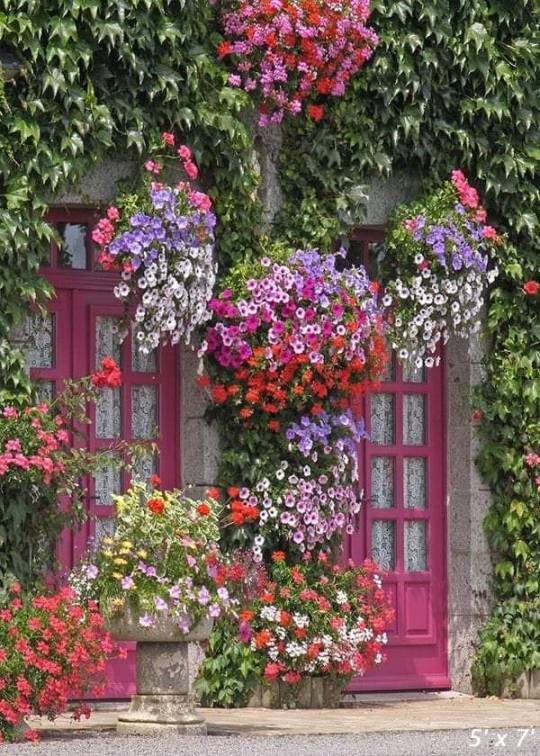
C h a n t i l l y
#chantilly#floral#flora#fleurs#flowers#flores#oise#vallee de la nonette#hauts de france#france#francia#europe#europa
261 notes
·
View notes
